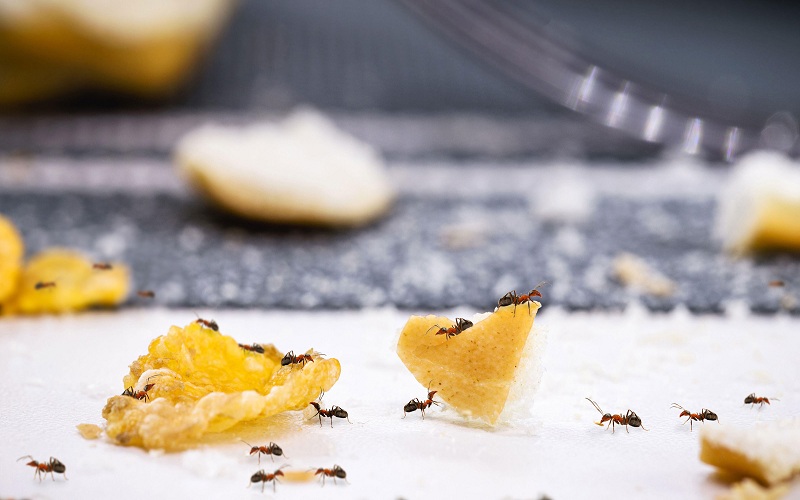
Ants are fascinating creatures. They have intricate social structures, can lift up to 50 times their body weight, and some species even farm fungus for food. However, when these tiny insects invade our homes and businesses, they can become a significant nuisance. Understanding ant infestations and knowing how to manage them effectively is crucial for maintaining a comfortable living environment.
Once an infestation has taken hold, it can be challenging to eradicate. Over-the-counter sprays and baits can be effective for small infestations, but they often fail to reach the nest, allowing the colony to rebound. Professional pest control services from Saela Pest Control company are typically more effective as they have access to specialized products and equipment. They also understand the habits and life cycles of different ant species and can tailor their approach accordingly.
Recognizing an Ant Infestation
The first step in dealing with an ant infestation is recognizing the signs. Ants are typically drawn to areas where there is access to food and water. Therefore, your kitchen or bathroom may be prime targets. You might notice trails of ants marching in a line, small piles of sawdust-like, or even nests in potted plants or beneath paving stones.
Types of Ants
There are over 12,000 known species of ants worldwide, but only a handful are common household pests. Some of the most common include the Carpenter Ant, Fire Ant, and the Argentine Ant. Each species has its unique behaviors and preferred habitats, influencing the approach to managing an infestation.
Carpenter ants, for example, burrow into wood to create their nests, potentially causing structural damage over time. Fire ants, on the other hand, are known for their painful stings and aggressive behavior. Argentine ants are invasive species that can displace native ant populations and are notoriously difficult to eradicate due to their multiple queen colonies.
Prevention is Key
Preventing an ant infestation is easier than trying to get rid of one. Keep your home clean, especially the kitchen and dining areas. Regularly take out the trash and ensure all food containers are sealed. Fix any leaks as ants are attracted to moisture, and seal entry points such as cracks and crevices around doors and windows.
While ants can be a nuisance when they invade our homes, it’s important to remember they play a crucial role in our ecosystem. They are vital decomposers, breaking down organic material and returning nutrients to the soil. These tiny organisms also help control other pests by preying on various insects and their larvae.
So, while we may not want ants in our homes, we should respect their role in nature and aim to manage infestations in a way that minimizes harm to the environment.
In conclusion, understanding ant behavior and their role in the ecosystem can help us manage infestations more effectively. Prevention is always the best strategy, but if an infestation does occur, professional pest control services are often the most effective solution. Always remember, while they can be a nuisance in our homes, ants play a vital role in maintaining our ecosystems.

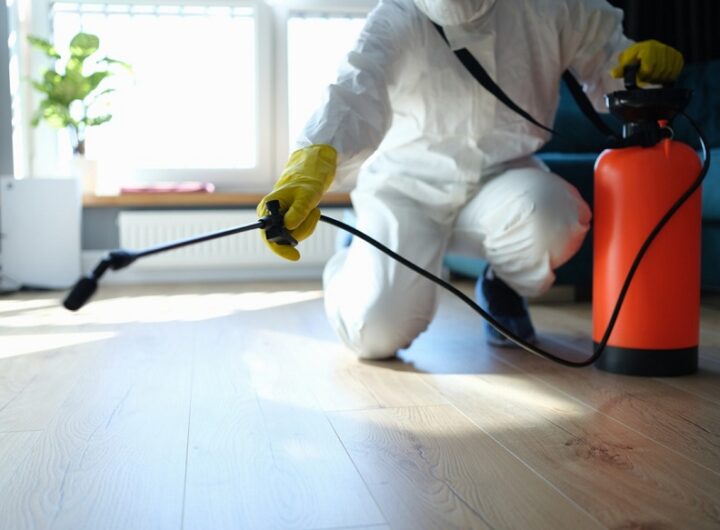 9 Things You Should Know About Professional Pest Control Services in Clermont
9 Things You Should Know About Professional Pest Control Services in Clermont 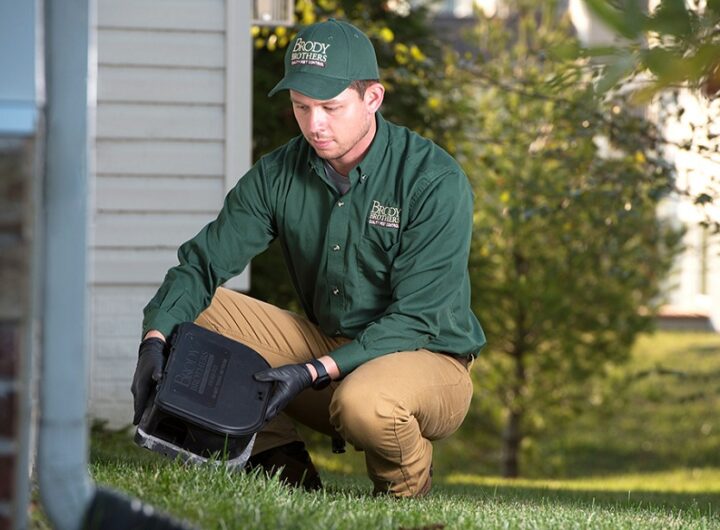 Staying Pest-Free in Gaithersburg: A Checklist for Every Season
Staying Pest-Free in Gaithersburg: A Checklist for Every Season 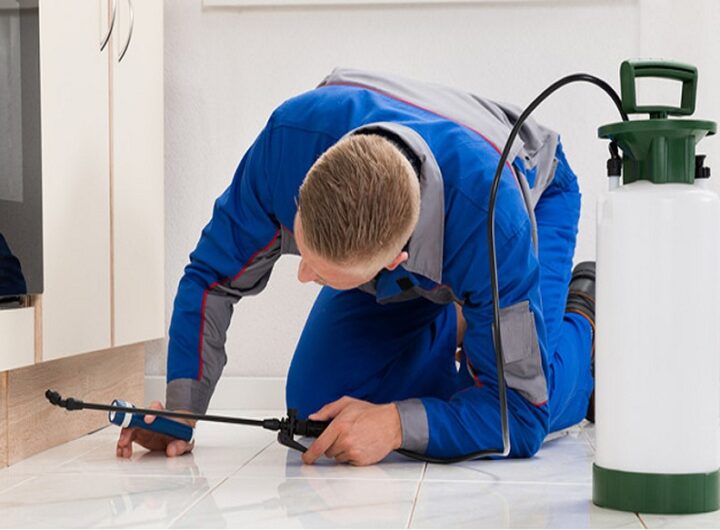 Is Your Pest Control Company in Indianapolis Worth the Cost?
Is Your Pest Control Company in Indianapolis Worth the Cost?  Things You’re Buying That Are Accidentally Inviting Bugs
Things You’re Buying That Are Accidentally Inviting Bugs 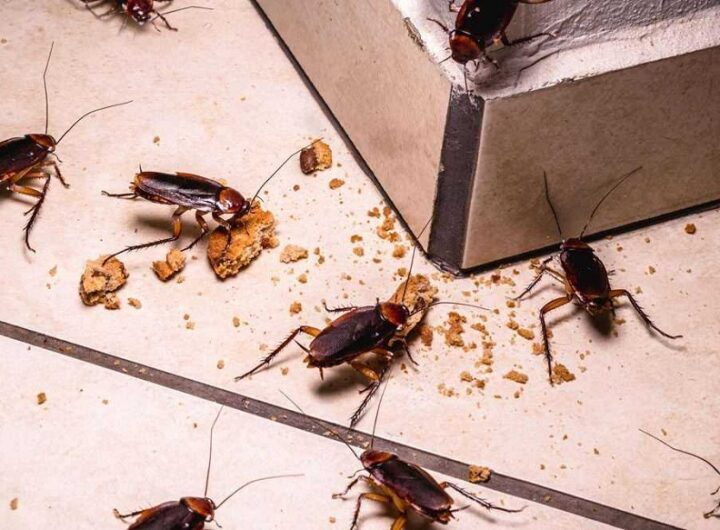 Why You Should Not Ignore a Cockroach Infestation in Horizon West
Why You Should Not Ignore a Cockroach Infestation in Horizon West  Natural Repellents: Do They Really Work and When Should You Call Professionals?
Natural Repellents: Do They Really Work and When Should You Call Professionals?  How to Celebrate Christmas in a Log Cabin
How to Celebrate Christmas in a Log Cabin  Ithaca, Manhattan, and Bronx: Why These New York Cities Are Perfect for Homebuyers
Ithaca, Manhattan, and Bronx: Why These New York Cities Are Perfect for Homebuyers 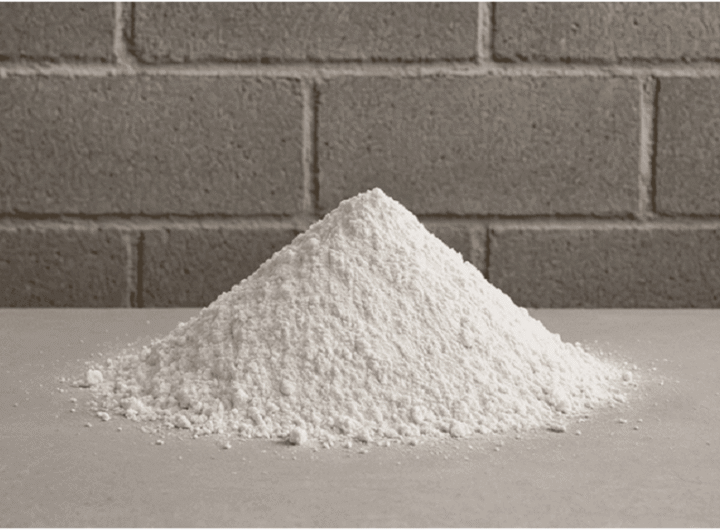 Gypsum in Cement and Plaster: Why It’s Essential
Gypsum in Cement and Plaster: Why It’s Essential 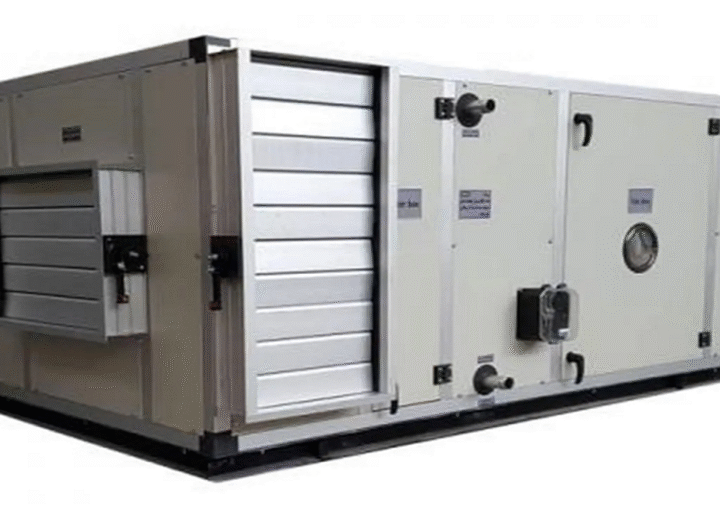 From A to Z About the Air Washer
From A to Z About the Air Washer